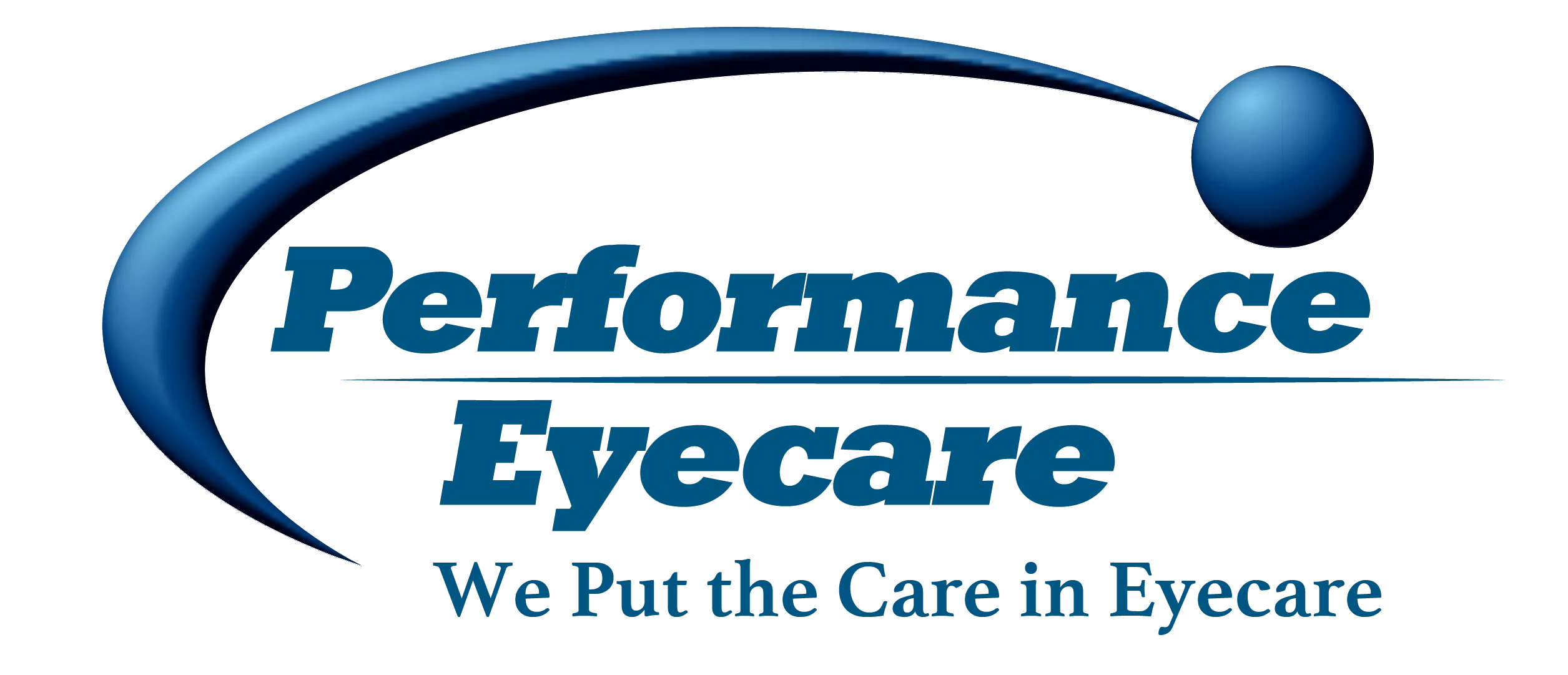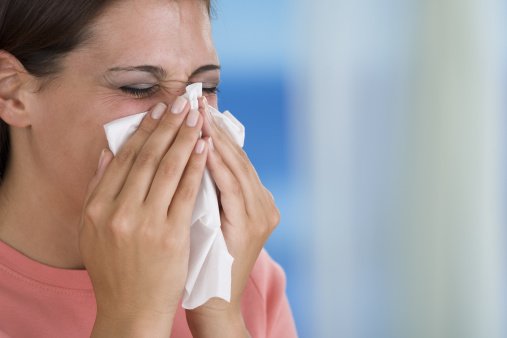Fall allergy triggers are different from the spring and summer ones but can cause just as many symptoms. Here are some ways to keep your eyes healthy during the fall!
Ragweed is the king of fall allergy season. It usually begins releasing pollen in August, but it can last through September and into October. Seventy-five percent of people who are allergic to spring plants are also allergic to ragweed.
Ragweed pollen can travel hundreds of miles with help from the wind, so you could still have allergies from it despite not living near it.
Those allergic to ragweed may also find similar symptoms from foods like bananas, melon, zucchini and other fruits and vegetables.
Mold is another allergy sufferer’s worst nightmare. Many of us think of mold growing in our basement or bathrooms, but mold spores also love wet spots outside. Piles of damp leaves are ideal breeding grounds for mold.
Dust mites are more common in humid summer months, but can be stirred into the air the first time you turn your furnace on. This pesky allergy producer can make you sneeze, wheeze and have runny noses. It’s also common in schools, so kids going back to school may have already experienced it this season.
Fall allergy symptoms include: runny nose, watery eyes, sneezing, coughing, itchy eyes and nose, and dark circles under the eyes.
So how can you manage these symptoms? Pollen is usually at its peak in the morning, so stay indoors with the doors and windows closed.
Also, clean your heating vents and change the filter before using your heat for the first time. Use a HEPA filter in your heating system to remove pollen, mold and other particles from the air.
You should also use a humidifier to keep the air between 35% and 50% humidity.
Lastly, we all hate raking leaves, but we hate them a little extra when we have allergies. You should wear a mask when you rake the leaves so you don’t breathe in mold spores.
At Performance Eyecare, we can treat our patients for many eye conditions, including red eyes, dry eyes, pink eye and eye infection. Be sure to schedule an appointment with us if you are having trouble with your vision.

